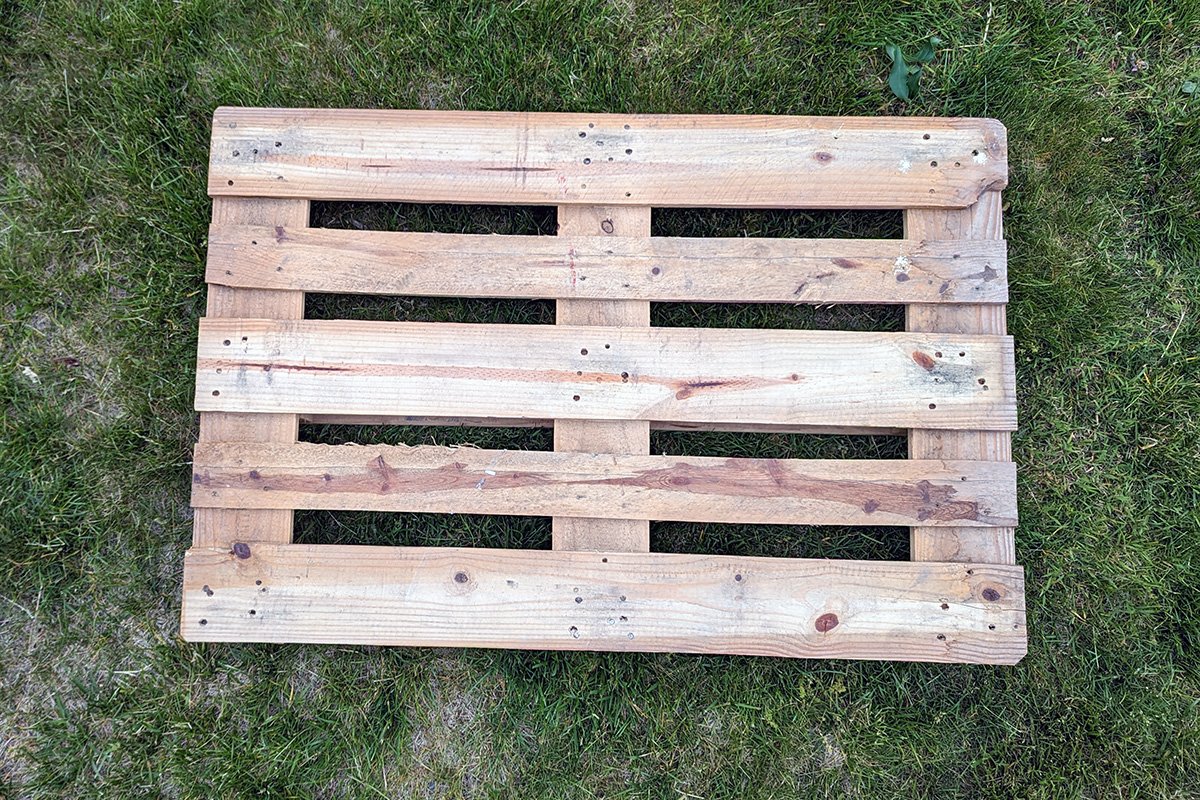To continue our efforts of reusing and recycling, we repurposed wooden shipping pallets to make a bird nest box, which is a more sustainable and cost-effective option.
We collected heat treated (HT) wood pallets, to ensure birds will not be affected by an environment treated with chemicals
Wood is a traditional material for birdhouses because it is a natural material that can withstand the weather conditions such as rain, snow, and wind. Wood is also a good insulator and will help keep the birds warm in the winter and cool in the summer. This is important for the health of the birds and their young.
To continue our efforts of reusing and recycling, we decided to repurpose wooden shipping pallets that were disposed of after shipment as a more sustainable and cost-effective option. Wooden shipping pallets are often made of wood that is strong and durable.
Pallets used to ship products internationally must meet ISPM-15 standards, which require that wood be treated to prevent the spread of pests and diseases. This is to protect the environment and agricultural industries in different countries.
How do I know if my pallets have been treated?
Once a pallet has been treated, a certification label (shown below) will be stamped onto the side of the pallet.
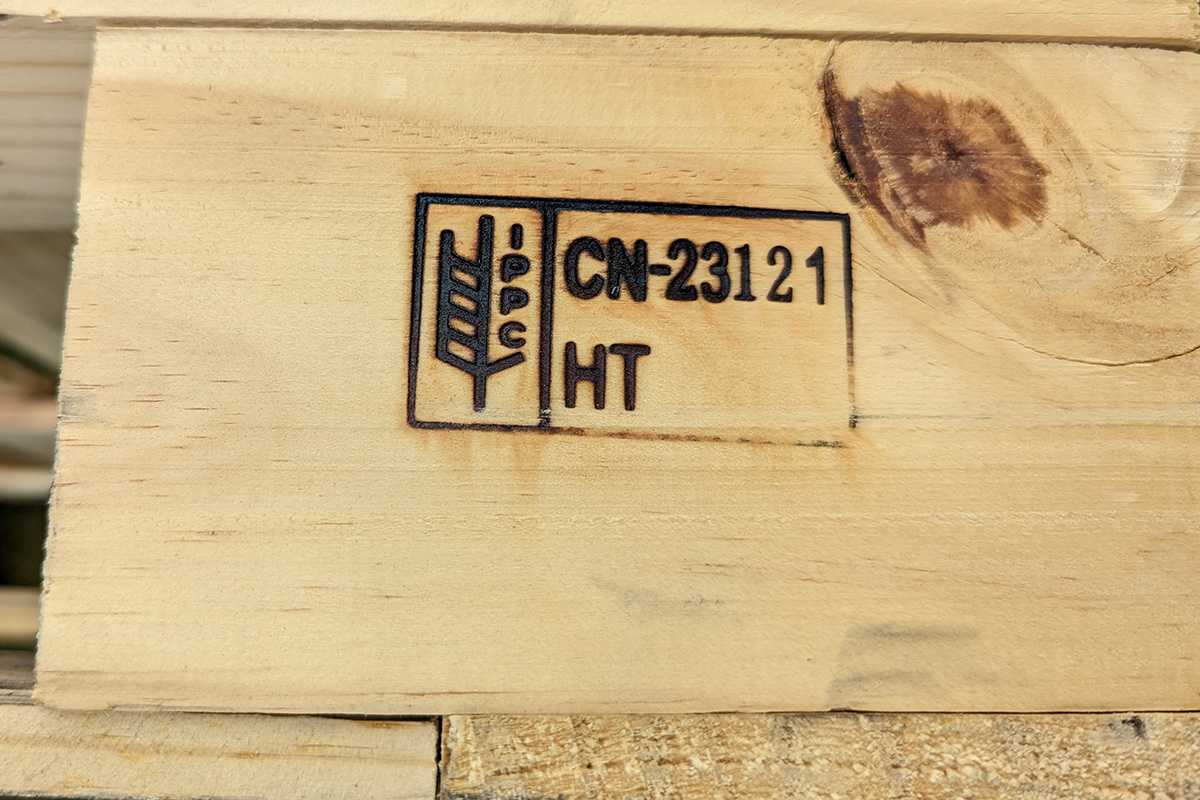
We collected two wood pallets of different thicknesses to create a sturdy birdhouse that would provide adequate insulation for the birds. We were careful to collect pallets that have been heat treated, rather than chemical treated, to ensure that the birds wouldn't be affected by a chemically treated environment that may be harmful to their health and development. We also made sure to choose pallets that were free of nails and other sharp objects that could injure the birds.
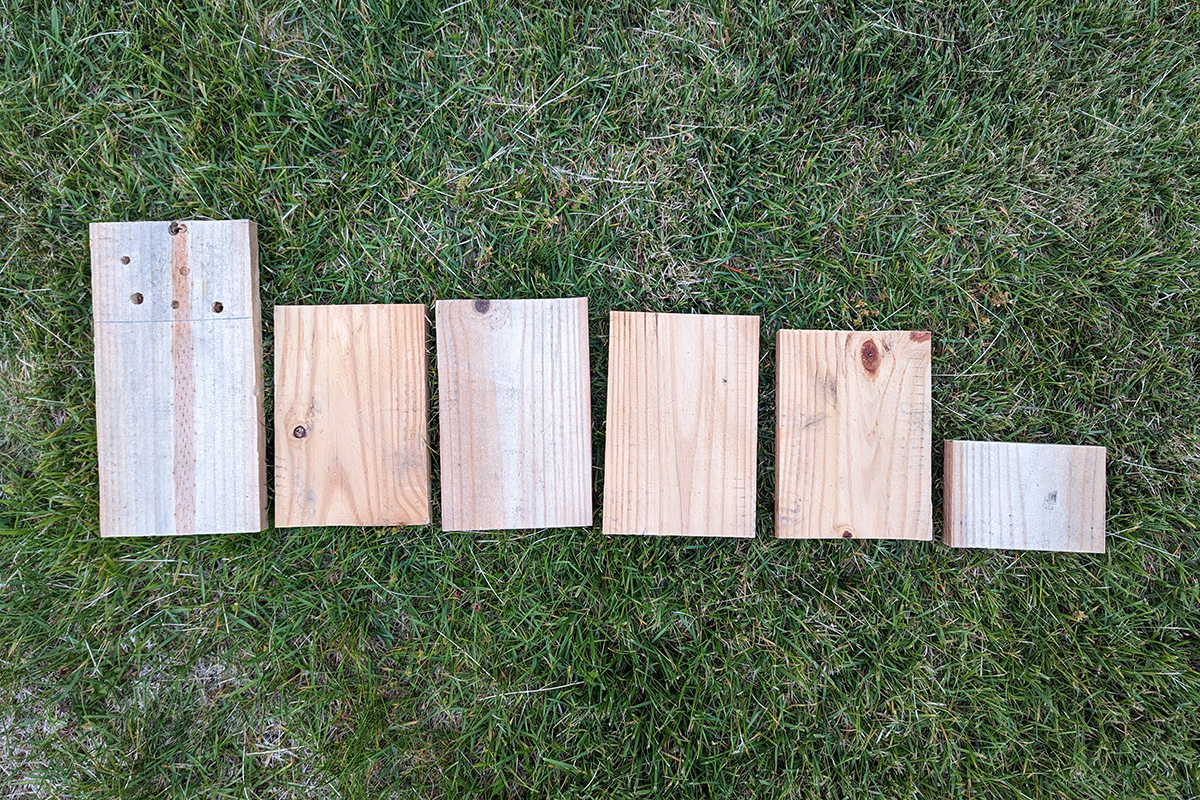
Once we had collected the pallets, we disassembled them and carefully cut the wood to the desired dimensions. We cut the pallets based on the nest box plan from the Cornell Lab of Ornithology. The Cornell Lab of Ornithology includes many other plans, all specific towards different birds, and we selected the nest box and nest shelf based on the birds in our area.
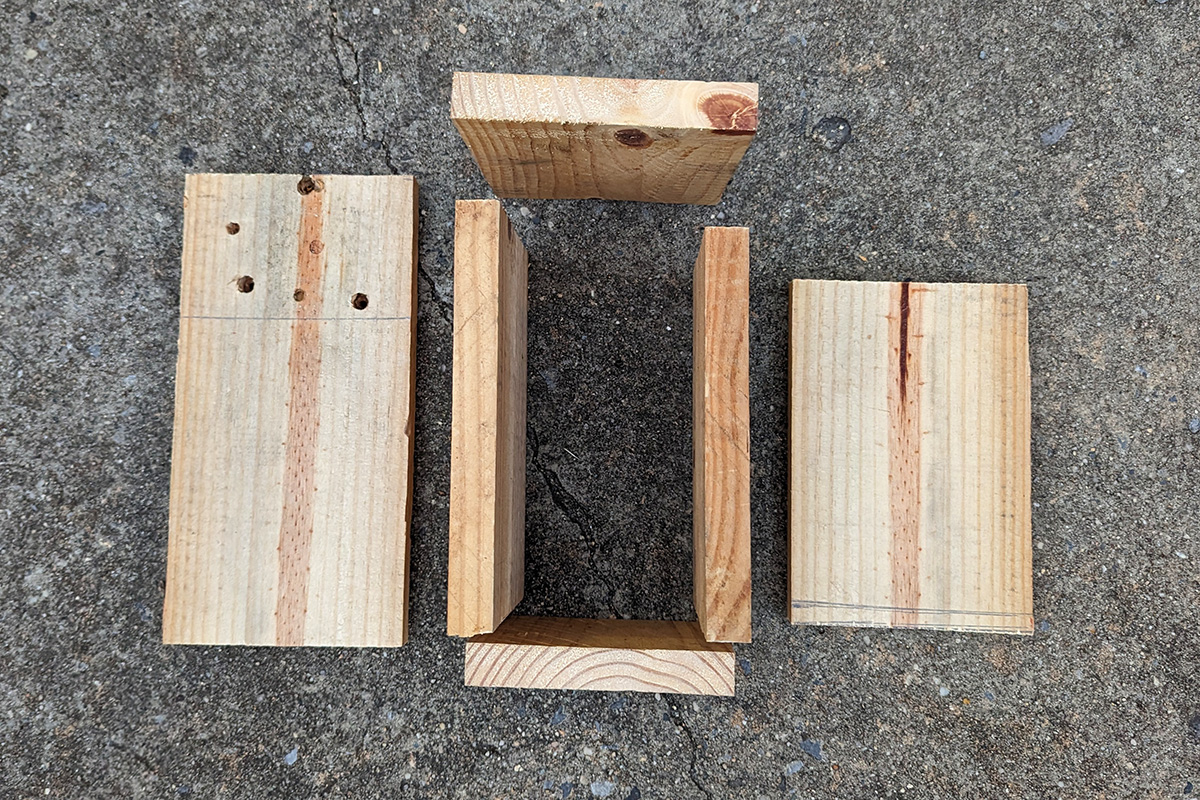
Entrance hole diameter based on target bird species
1” for House Wrens, Brown-headed Nuthatches, and Pygmy Nuthatches
Past 1¼” may be big enough for squirrels.
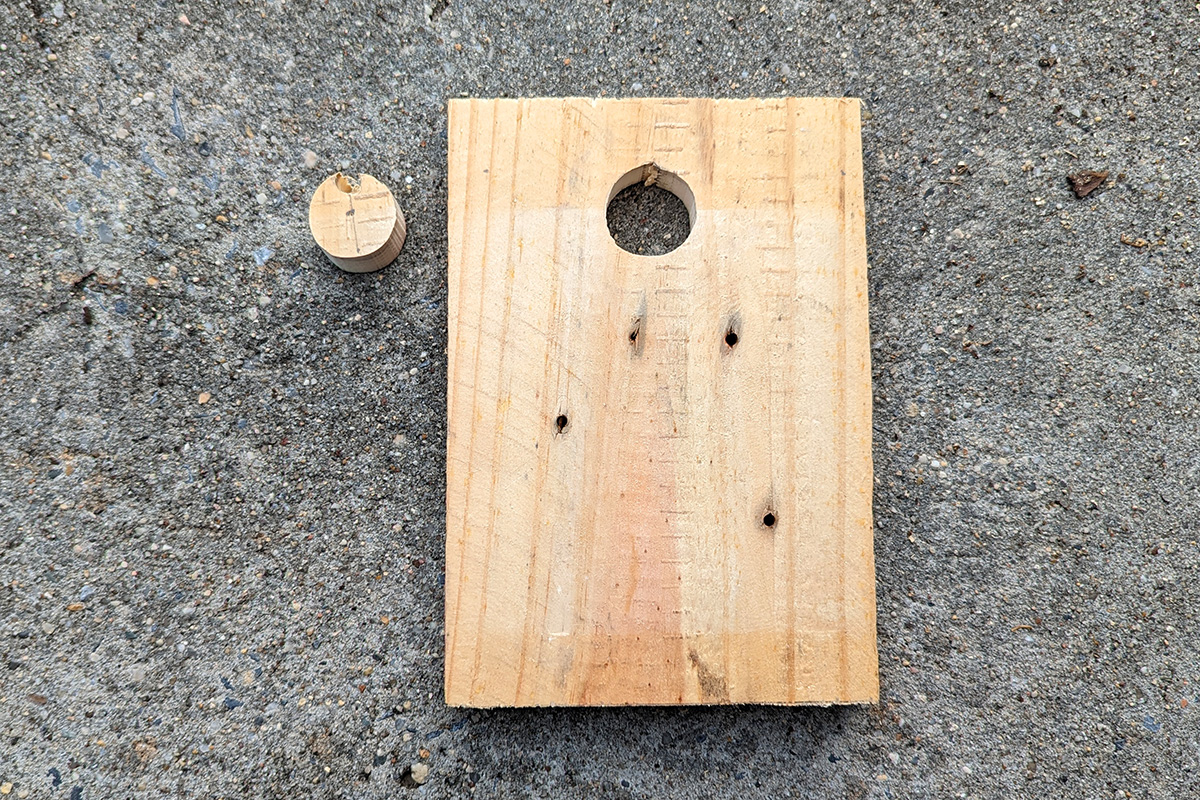
Provide easy access for cleaning and monitoring. The easiest are birdhouses with one side hinged or lifted out.
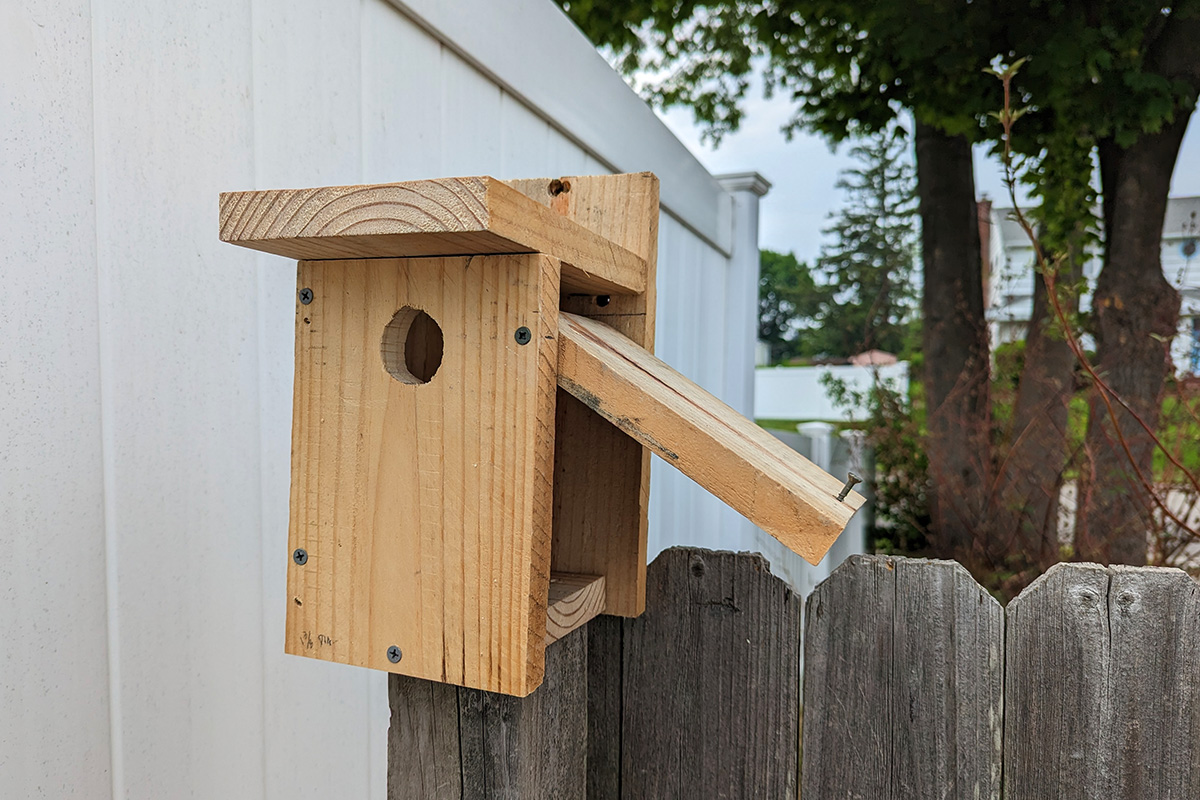
As you can see, a sparrow came to visit so it was a success!
In fact, the bird even started bringing in nesting material to make himself more comfortable in his new home
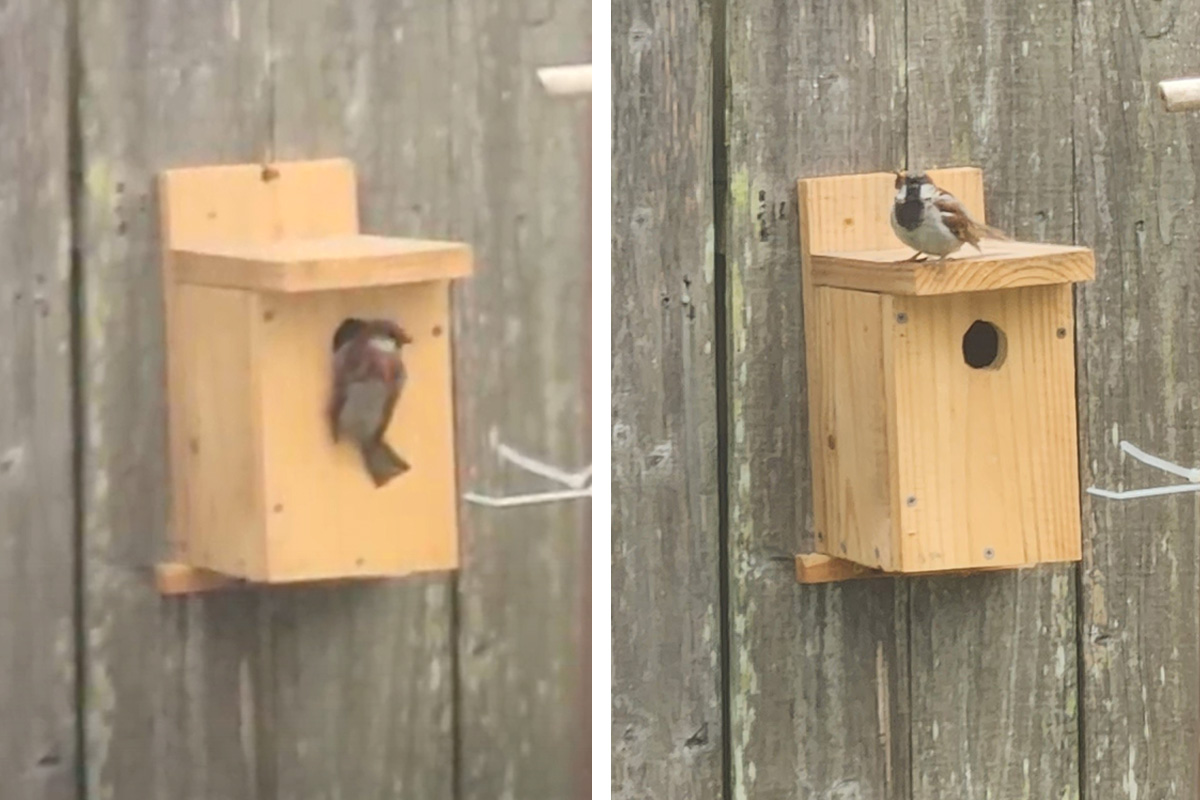
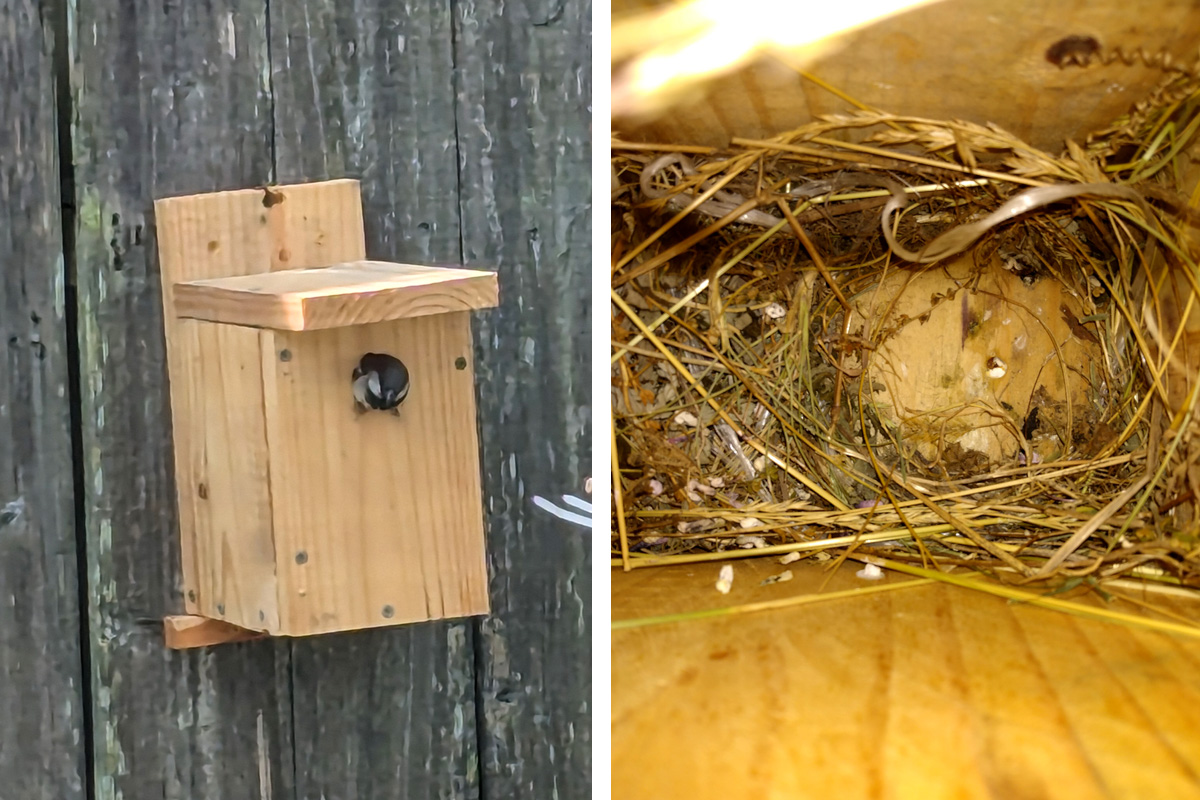
We are proud of our recycled birdhouse and we know that it will provide a safe and comfortable home for birds for years to come. We hope that our project will inspire others to reuse and recycle materials to create sustainable and cost-effective birdhouses.
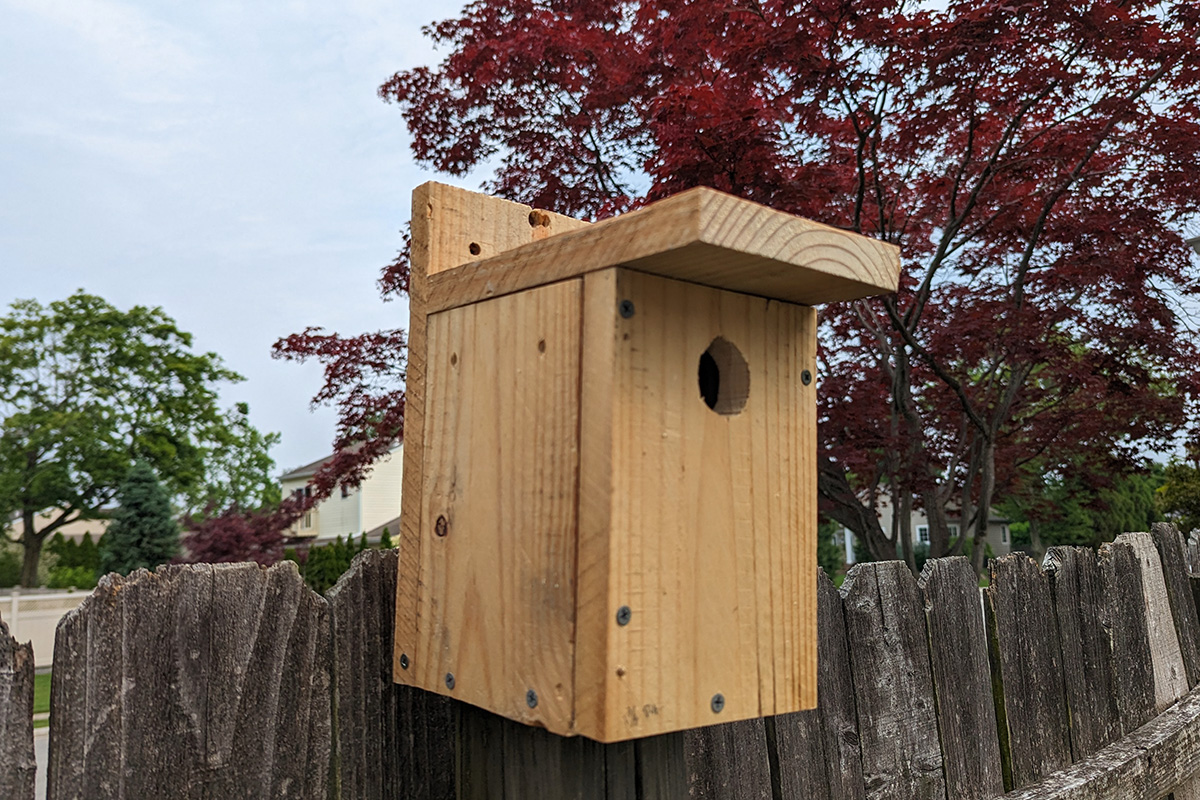
[Download] Nest Box Construction Plan
from Cornell Lab of Ornithology–NestWatch
House and Bewick’s Wrens; Black-capped, Mountain, Boreal, Chestnut-backed, and Carolina Chickadees; Juniper, Black-crested, Oak, Tufted, and Bridled Titmice; Pygmy, White-breasted, Red-breasted, and Brown-headed Nuthatches; Prothonotary Warblers; and Flying Squirrels
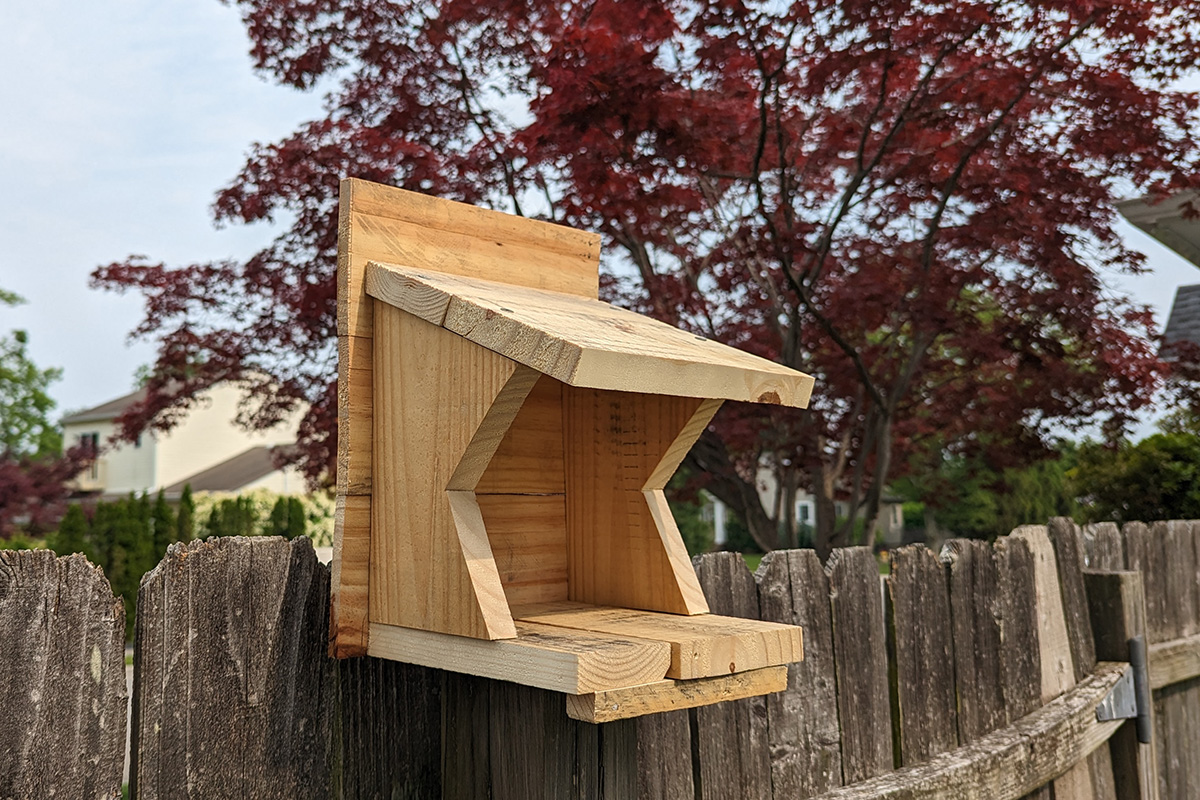
[Download] Nest Shelf Construction Plan
from Cornell Lab of Ornithology–NestWatch
American Robin, Barn Swallow, Eastern and Say’s Phoebes
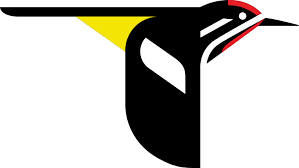
Learn About Nest Boxes and Nest Structures
Nest Box and Nest Structure Plans (BY SPECIES)
To continue our efforts of reusing and recycling, we decided to repurpose wooden shipping pallets that were disposed of after shipment as a more sustainable and cost-effective option.
The size of the entrance was based on the House Sparrow, which we have seen in our area. However, it is important not to make the entrance hole too big as predators such as squirrels will be able to enter the nest.
